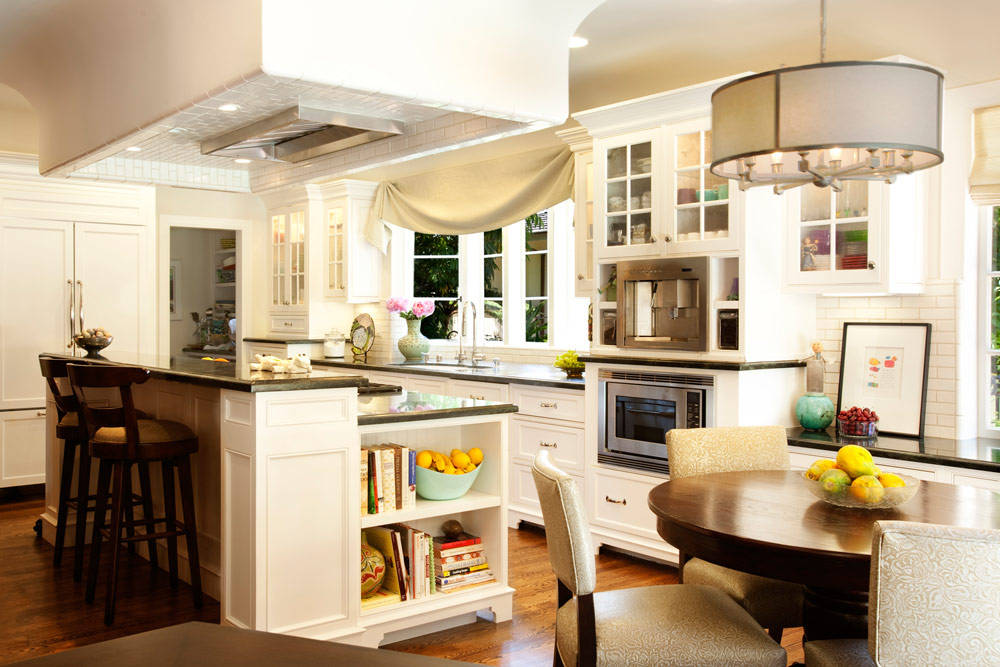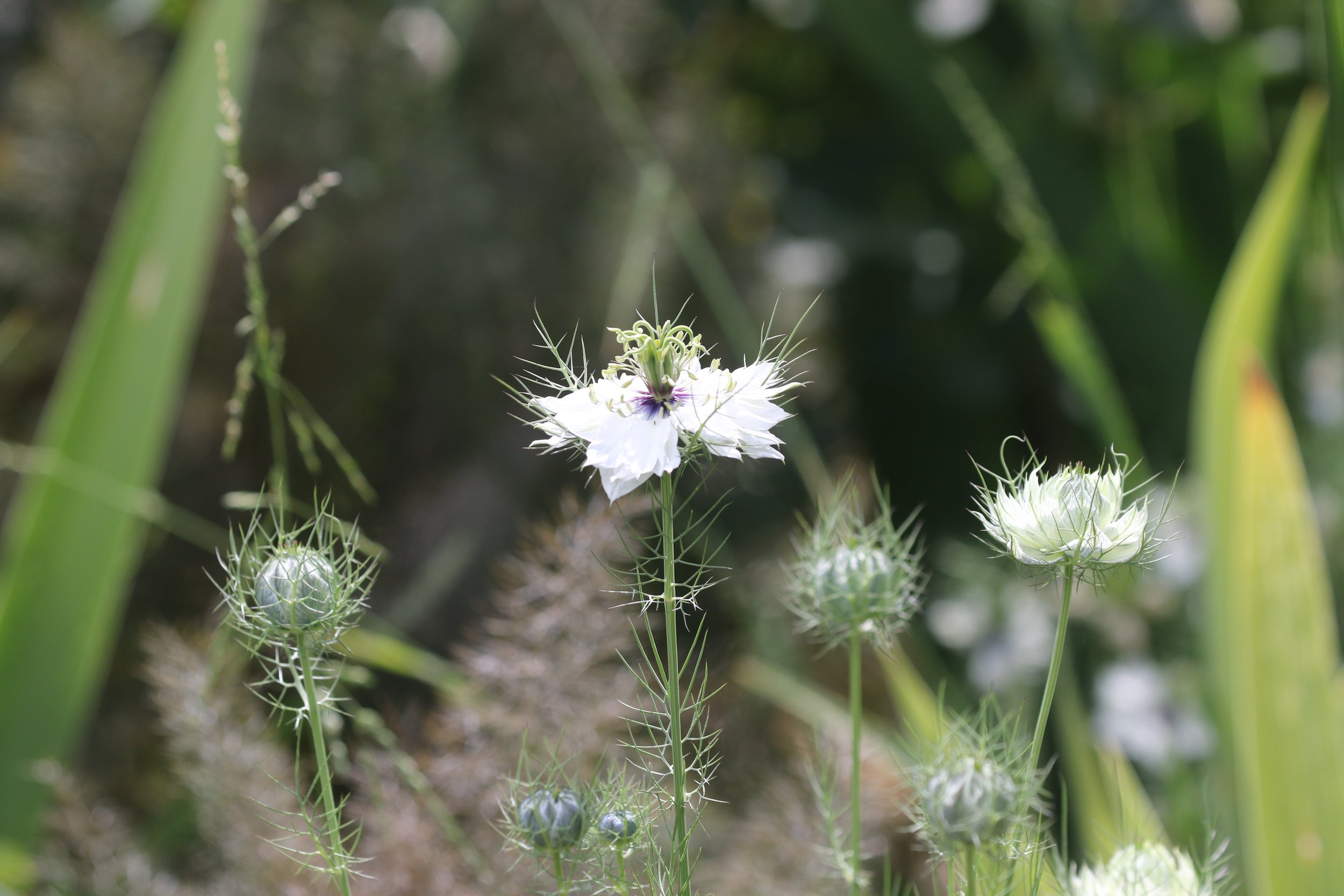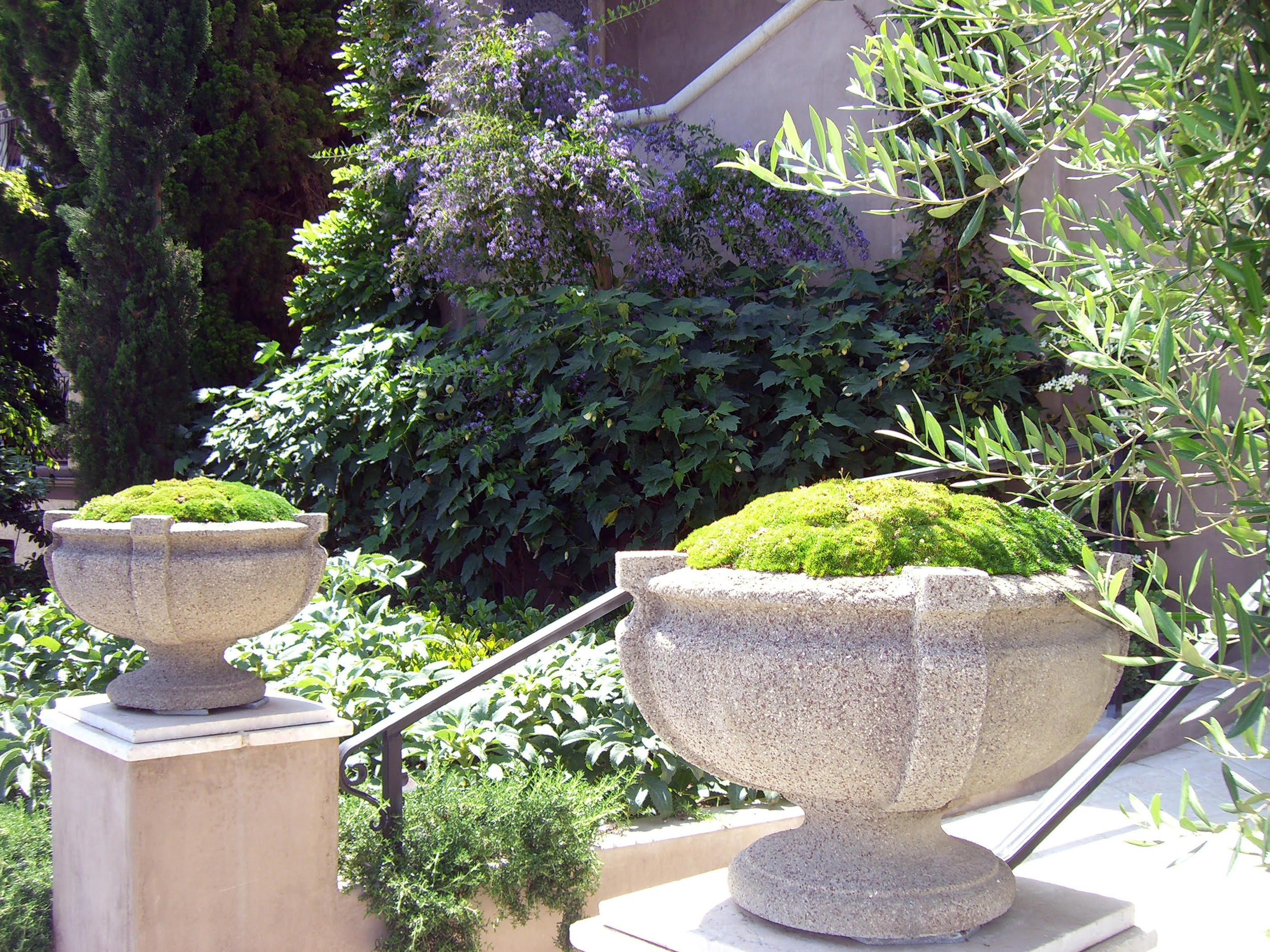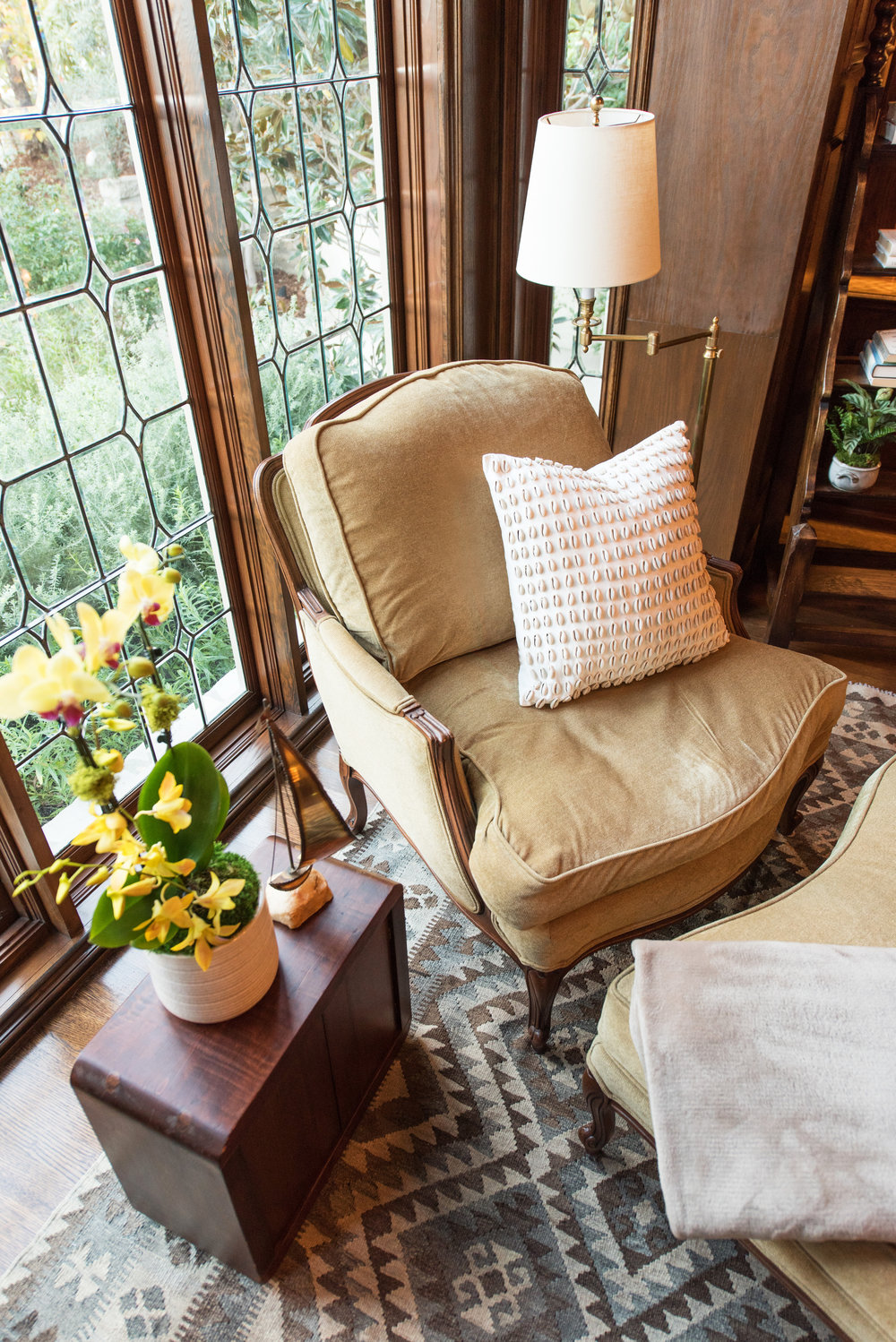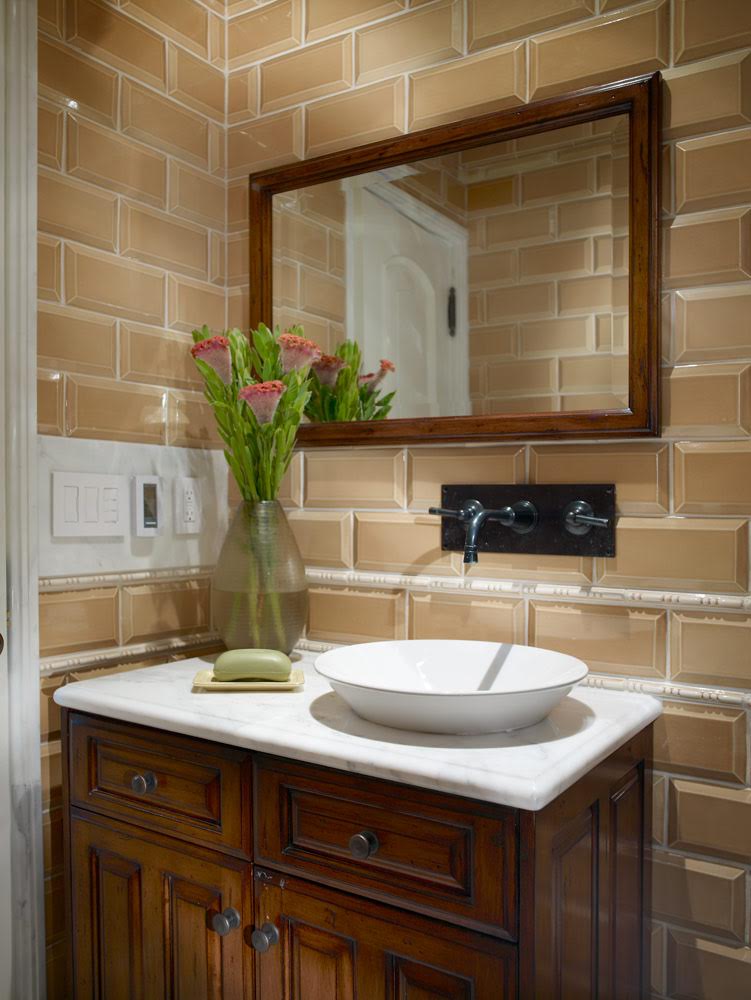How to Rebuild After a Fire: Finding Opportunities for Improved Health and Happiness
/It has been a scary and challenging time for many living in California. Earthquakes are the most famous of the natural disasters that afflict California, but this past season’s wildfires and mudslides have taken a startling amount of lives and homes. Many of our dear friends have been forced to evacuate their houses, not knowing when they could return or what they would find when they arrived back.
Losing a home due to a natural disaster, like a wildfire, is extremely stressful and emotionally draining. It’s normal to experience increased anxiety, and many people are finding fulfilling basic needs challenging. While it may feel like there is no possibility of a bright side or a silver lining, recovering is possible. Consider this list of short-term and long-term goals that can help us begin rebuilding a sanctuary and feel happier and stronger with time.
“We don’t even know how strong we are until we are forced to bring that hidden strength forward. In times of tragedy, of war, of necessity, people do amazing things. The human capacity for survival and renewal is awesome.”
#1: Short Term
We may face seemingly endless, tedious tasks that feel at odds with our surreal circumstances. It may feel like there is nothing to do and so much to do all at once. Give yourself grace and take care of things one at a time as they come up. Release yourself from any self-imposed deadlines and consider planning regular mental health breaks from working to restore order. Focus first on the most critical tasks:
report the incident to your insurance company
continue paying your mortgage, and inquire about forbearance options.
wait until the fire department and the police clear you to return home before you enter
secure your property from looters
contact utility companies
reroute or cancel subscriptions
Emotionally, we will need the support of family, friends, and the community. There are typically community programs to help us in a crisis, so allow yourself to lean on them when you can. Sometimes, people who care about us will say well-intended things, such as, things will get better, or you are so strong, etc. It’s okay if you aren’t yet ready for hope-filled sentiments. If you find yourself so exhausted that most tasks feel overwhelming, focus on small goals, like remembering to eat.
Allow yourself to grieve and make time for self-care. You may find it helpful to talk about what happened, rest, eat well, and practice stress relief through regular exercise, deep breathing, or any other method that works for you.
Most importantly, try to allow yourself to feel joy when you can. Be with your loved ones and relish anything that brings you happiness. As you are sitting with and processing grief, also be open to experiencing happiness when small, good things happen. Visiting public beaches, gardens, or parks will allow you to reconnect with the natural world amidst the present chaos. If your area’s air quality isn’t safe for outdoor excursions or recreational areas are closed due to dangerous conditions, consider traveling to a safer neighborhood.
Here are a few places to consider:
South Bay
Fred Hesse, Jr. Community Park - A favorite spot of locals in Rancho Palos Verdes for the walking path with expansive coastal sunset views. Rabbits, birds, and other wildlife are frequently observed in this park.
Madrona Marsh Preserve and Nature Center - A vernal marsh supporting valuable and threatened species in Torrance, CA. As an urban oasis, Madrona Marsh provides food and rest for migration birds on the Pacific Flyway
White Point Nature Preserve - Self-guided and docent-guided nature walks in San Pedro, a beautiful expansive space with California native plants, a nature club for kids, located just across the street from beach access.
Los Angeles
Descanso Gardens - This garden, nestled in La Canada, allows guests year round, and features renowned botanical collections and peaceful, meandering walking paths.
Getty Center - The Getty Center features an extensive art collection, modern architecture, and manicured gardens all in one location with a breathtaking view of the city.
Huntington Gardens - The Huntington Library features an art collection, restaurant, and large grounds with more than 15 gardens with their own curated botanical collections.
Santa Barbara County
Lotusland - Once a private residence, Lotusland is one of the most unique private gardens in the world, with a huge variety of plant species and beautiful flowers.
Santa Barbara Botanic Garden - The Santa Barbara Botanic Garden features extensive gardens and guided tours exploring California’s native plants and their uses.
San Francisco
San Francisco Botanical Garden - This large garden is perfect for meditation, tours, classes, and family outings. A collection of plants from around the world are featured here.
Conservatory of Flowers - This garden's motto is, “Connecting people and plants in a place of exceptional beauty.” Tours, exhibits, and a plethora of tropical and aquatic plants provides a beautiful and natural space to recuperate.
Regional Parks Botanic Garden - This park provides a haven for redwood trees and other endangered plants, with winding trails and a backdrop of stunning landscapes. Fans of California scenery will find plenty to admire here.
“I think when tragedy occurs, it presents a choice. You can give in to the void: the emptiness that fills your heart, your lungs, constricts your ability to think or even breathe. Or you can try to find meaning.”
#2: Long Term
When you are ready to begin again, take the time to figure out what you value most. Make long-term plans to achieve this while continuing mental and emotional health practices, like spending time with family and close friends, exercising, taking walks, and journaling.
Consider your ideal situation. What would make you feel happy and healthy? What do you value? How do you want to live? What brings you comfort, joy, and peace of mind? What did you always want to improve but didn’t have the time or opportunity to fix?
For those recovering from a total loss, it may be helpful to journal about the spaces and items that were most cherished, most familiar, or most depended on in daily use. This can be a starting point for grieving and the first step in considering which elements we may want to rebuild or replace, as well as other elements that we may be ready to let go.
For those recovering from a partial loss, are there things you wish to keep but are now damaged? Artisans and art conservators can bring some treasured pieces back to life. Restoration can also save furniture damaged by smoke, mold, and water. Restoring a beloved object can be a cathartic step and very meaningful to recovery.
When the time comes to rebuild, consider opportunities to experience more pleasure and beauty in daily life. Incorporating biophilia and healthy materials while creating a serene, personal space are simple ways of working toward improved health and happiness. Planning our homes to prioritize our physical and mental needs can create a life that fully supports us.
Our capacity for growth and emotional recovery is limitless. Knowing that we all need support in a crisis, do not attempt to go it alone. Consider leaning on friends, family, counselors, and community members. Allow yourself time to deeply mourn what has happened, and know that we are grieving with you.
Just as the wild lands of California will grow again from the ashes, so will the people of Los Angeles, Pacific Palisades, Alta Dena, and beyond.
This article was originally published 12/19/18 and updated 01/10/25.
Sarah Barnard is a WELL and LEED accredited designer and creator of environments that support mental, physical, and emotional wellbeing. She creates highly personalized, restorative spaces that are deeply connected to art and the preservation of the environment. A certified California Naturalist, Sarah believes in celebrating nature through responsible design that works symbiotically with the local environment.
An advocate for consciousness, inclusivity, and compassion in the creative process, Sarah has appeared in Architectural Digest, Elle Décor, Vogue, HGTV, and many other publications. In 2017 Sarah was recognized as a "Ones to Watch" Scholar by the American Society of Interior Designers (ASID) and has been awarded "Best of Houzz Design" for seven consecutive years. Sarah's MFA in visual arts from Claremont Graduate University informs her practice and innovative approach toward interior design as creating a living work of art.



